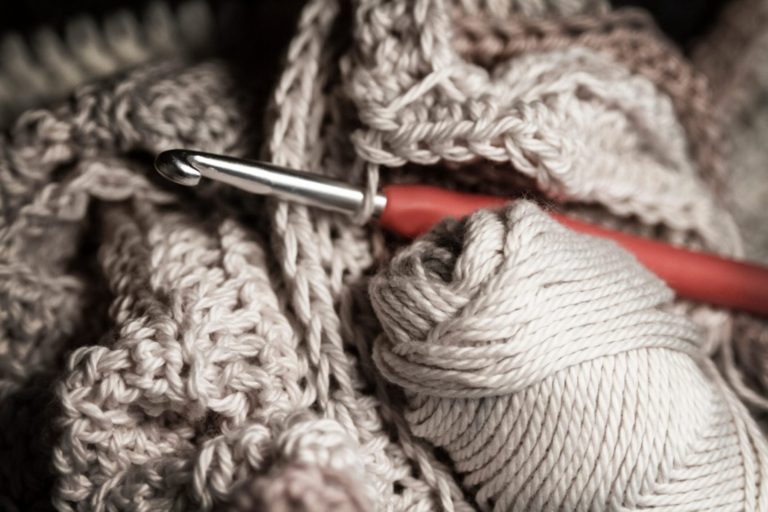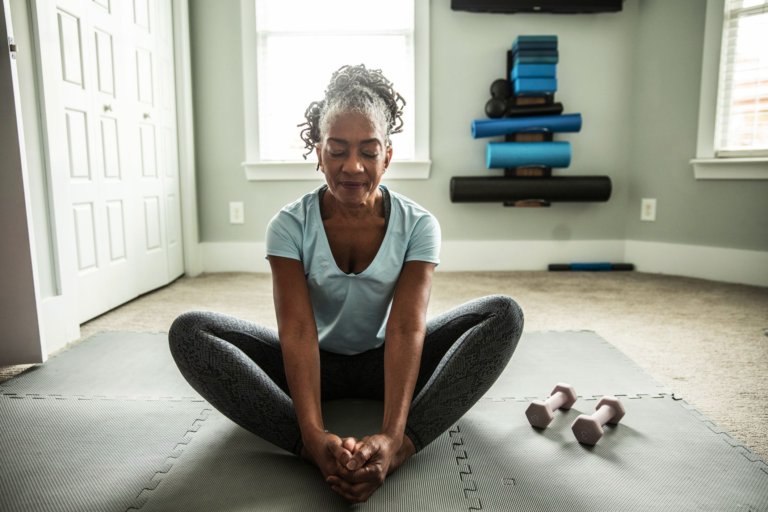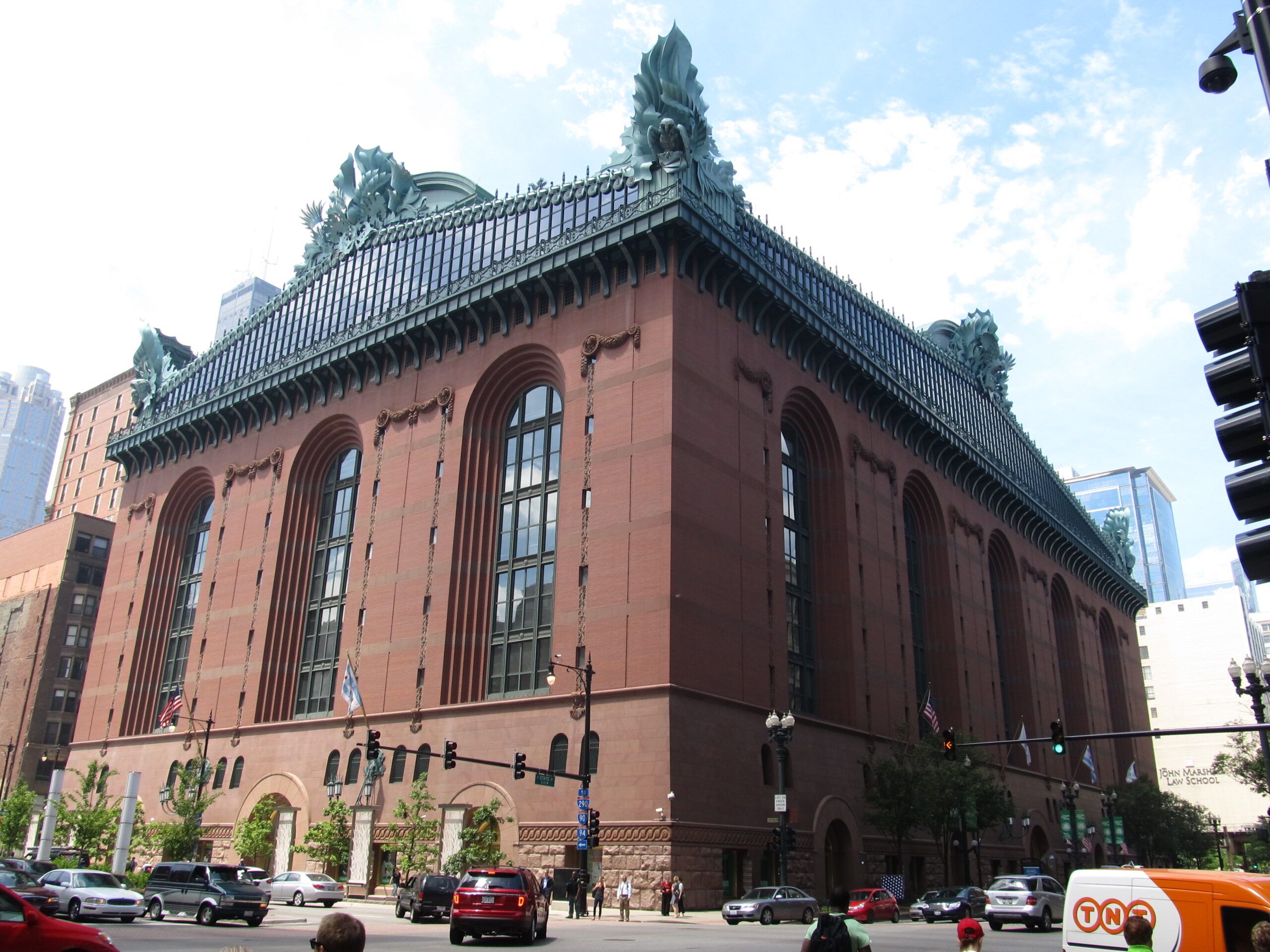Adapting To Your Living Space As You Age
Aging gracefully is about more than just accepting our changing appearance and the natural passage of time; it’s also about curating a living space that radiates warmth, comfort, and safety. At Sage, we believe that age-friendly home renovations are the key to creating an environment that evolves seamlessly with our residents’ needs, promoting their well-being and independence. Today, we’ll explore the transformative power of various age-friendly home renovations that can invigorate the lives of older adults.
As we age, our mobility may change, but that shouldn’t stop us from living life to the fullest. Creating a living space that is easily navigable ensures that our homes accommodate these changes, allowing us to maintain our independence and enjoy daily routines without feeling restricted. By widening doorways, installing ramps or stairlifts, and adding handrails to stairs, we can enhance accessibility and provide a sense of security and freedom.
For older adults, the bathroom can be a treacherous territory. Slippery surfaces and limited space can lead to falls and injuries. However, by installing grab bars, walk-in showers or tubs, and elevated toilet seats, we can significantly improve safety and ease of use, turning the bathroom into a tranquil haven of comfort and security.
The kitchen on the other hand is often the heart of the home, a place where we spend considerable time preparing meals and bonding with family and friends. As we age, adapting the kitchen to our needs becomes vital. Allowing us to continue savoring our culinary passions without the added strain. Installing adjustable countertops, pull-out shelves, easy-to-grip handles, and touchless features can transform your kitchen into an inviting and functional space.

Living Spaces
Speaking of inviting spaces, our bedroom and living areas are where we relax, unwind, and recharge. Ensuring these spaces are designed for comfort and functionality is crucial for maintaining a high quality of life as we age. Selecting furniture that’s easy to get in and out of, keeping the environment clutter-free, and providing adequate space for maneuvering can make daily living more enjoyable and comfortable. Good lighting is also essential for creating inviting and safer spaces, as it helps prevent falls and makes daily tasks easier. Ensuring that all walkways, staircases, and rooms are well-lit can provide a sense of safety and well-being. Installing brighter lights, motion-activated lighting, and nightlights in key areas can make a significant difference in overall visibility and ambiance.
Next is outdoor space, creating welcoming and accessible outdoor spaces can greatly enhance an older adult’s quality of life. Spending time outdoors, whether gardening or simply enjoying a cup of tea on the patio, can provide both physical and mental health benefits. By maintaining walkways, installing slip-resistant surfaces, and creating easy-to-reach gardening beds, we can foster a connection to nature and encourage more outdoor activities.
In the end, age-friendly home renovations can significantly enhance an older adult’s quality of life. By making thoughtful adjustments to our living spaces, we create a comfortable and safe environment that supports our evolving needs. With the right planning, professional guidance, and useful resources, we can transform our homes into havens that allow us to thrive and enjoy our golden years. So, take the first step and start planning your age-friendly home renovations today!










